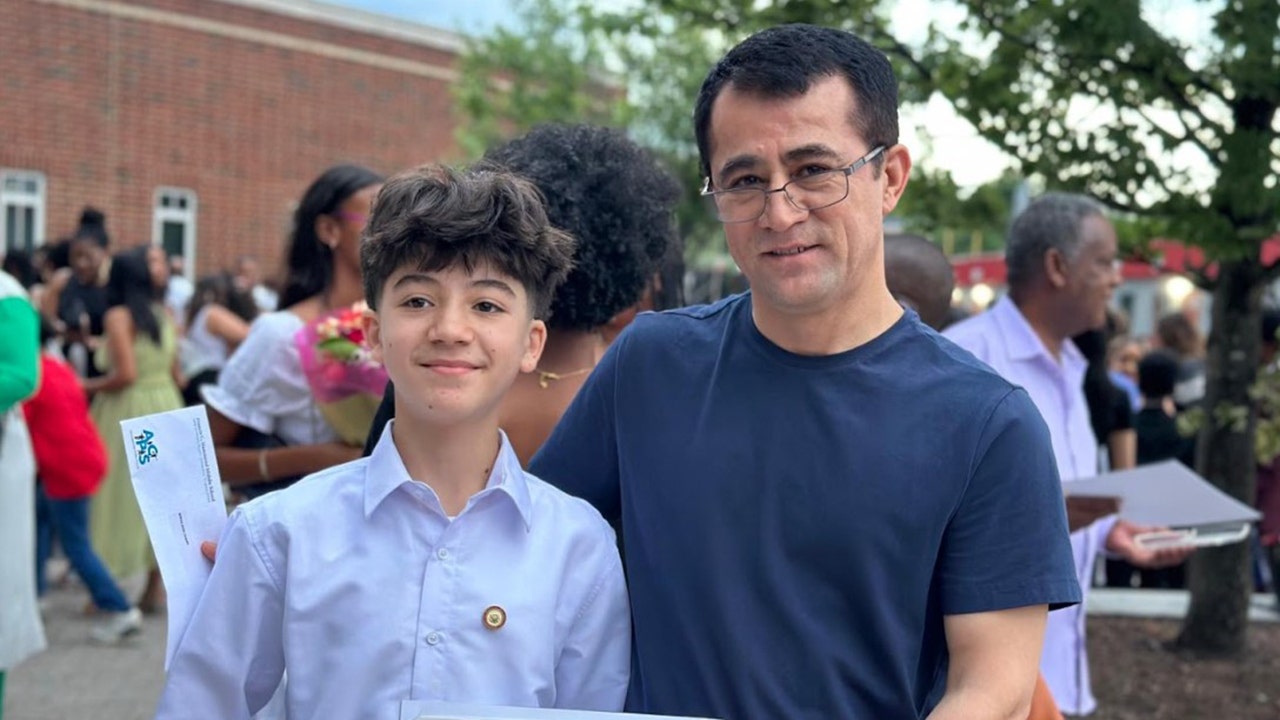Daniel A. Moore Sr., who created a pioneering African American history museum in Atlanta when such initiatives were rare, died on March 4 in Decatur, Ga. He was 88.
His death, in a hospital, was confirmed by his son Dan Moore Jr.
Mr. Moore started his eclectic collection of artifacts in 1978 and in 1984 moved it to a handsome 1910 brick building on Auburn Avenue, known as “Sweet Auburn” for its centrality to African American history. The building, which had been a schoolbook depository and a tire warehouse, was “erected brick by brick by African American masons,” the museum says.
The Rev. Dr. Martin Luther King Jr. was born on Auburn, in an old wood-frame house, and the avenue is home to the King Center, which was founded in 1968 and is dedicated to his life and thought.
Mr. Moore took a longer view, though memories of the civil rights movement were still fresh when he was getting started, with help from a handful of well-off patrons and from Fulton County, which donated the land. Unlike the King Center, his focus was on the whole African American experience, from Africa to the Middle Passage, and from enslavement to the civil rights campaign and beyond.
The museum’s name, APEX, an acronym for the African American Panoramic Experience, reflected Mr. Moore’s ambition to “make sure they see the other side of us — they see that there is a genius in us,” as he put it in 2004 in an interview for The History Makers, a digital archive of interviews with significant Black Americans.
His message was directed as much at Black people as at white. “If I believe that my history began in the hole of a slave ship, I begin thinking like a slave, with a slave mentality,” Mr. Moore said in the interview.
To be sure, the long history of slavery has been part of the experience for museum visitors — his son Dan recalled that his father had put shackles on display — but it was far from the only part. The Smithsonian donated some artifacts, and trips to Africa by Mr. Moore helped stock the museum. (The museum, which occupies the building’s ground floor, says it attracts about 60,000 visitors a year.)
APEX has been nothing if not heterogeneous. “A replica of one of Atlanta’s first Black-owned businesses, the Yates & Milton Drug Store, is in its main space, jarringly shared with a cutaway display of the inside of a slave ship,” the critic Edward Rothstein of The New York Times wrote in 2007. He added, “In a theater meant to resemble a trolley’s interior, one film pays tribute to Sweet Auburn; another recounts the history of Africa.”
The museum has also presented exhibits on African culture and accomplished African Americans in the sciences.
Mr. Moore had grown up in an era when, as he told The History Makers, the only Black figures he learned about in school were Booker T. Washington and George Washington Carver.
His consciousness of other Black contributions to history came with a deepening knowledge of Africa and of the civil rights movement, he said. He was especially inspired by an encounter in 1978 with Dr. Benjamin Elijah Mays, the longtime president of Morehouse College, the historically Black institution in Atlanta, who was a mentor to Dr. King, Julian Bond and others in the movement. “The trigger event was meeting Dr. Mays at this banquet,” his wife, Estella Moore, said in a phone interview.
“When I sat at that table,” Mr. Moore recalled, “and I heard the accolades about Dr. Mays, the first thing that came in my mind is, ‘Why isn’t there an African American museum in this city that honors men and women like Dr. Mays, who has accomplished so much?’”
He told The History Makers: “We had better be responsible for interpreting our own history. If we are not responsible, if we don’t do that, we will run the risk of someone else saying what our history is and omitting or changing or embellishing, or not embellishing, information or facts that they don’t agree with or feel we should know.”
Mr. Moore started professional life as a largely self-taught filmmaker, making television commercials, promotional films for corporations like BellSouth, IBM and AT&T, and socially conscious documentaries about, among other subjects, gang violence, prison life (undertaken at the behest of Bill Cosby) and the football player Gayle Sayers. By the time he moved from his native Philadelphia to Atlanta in 1974 he was already running one film company in that city and had plans to expand it in Atlanta, which had become America’s Black mecca.
Africa had been central to his inspiration. In the early 1970s he traveled to Liberia to make a film about that country — inspired and angered, he would later say, by images of Tarzan films from his youth and “all these hundreds of natives running.”
He was invited back by the family of Liberia’s president, William Tolbert (who was later murdered in a coup), to make a film about the country’s celebrations marking its 150th year. Mr. Moore told The History Makers that the experience was “tremendously moving,” recalling filming “thousands of women in white singing and chanting as they greeted Ahmed Sékou Touré,” the oppressive dictator of Guinea. (Mr. Moore was uncritical, though, failing to mention the tormented histories of the leaders he filmed.)
Daniel Algernon Moore was born in Philadelphia on Nov. 20, 1935, the youngest of 10 children of Edwin Lewis and Edith Lillian (Warring) Moore. His father, a carpenter, was a World War I veteran who had replaced the word “Negro” with “African” on his U.S. Army card, a gesture that “gave us a sense of pride,” Mr. Moore recalled.
He attended Edward Bok Vocational High School in Philadelphia intending to become a tailor, but after graduating he “ended up with a thousand different careers — drove a truck for a minute, drove a cab, sold insurance, always did very well in selling,” he said.
In junior high he had been in charge of his school’s audio visual department, he recalled, and that gave him a love of film that inspired his first effort, a documentary about a minister working with Philadelphia’s gangs.
Along with his wife and son Dan Jr., Mr. Moore is survived by another son, Edwin, and six grandchildren.
“In the ’70s, there was no one talking about an African American museum,” Dan Jr. recalled. “The narrative of Black history was skewed, or not available.” He added, “By the time he got finished, it was beautiful.”






